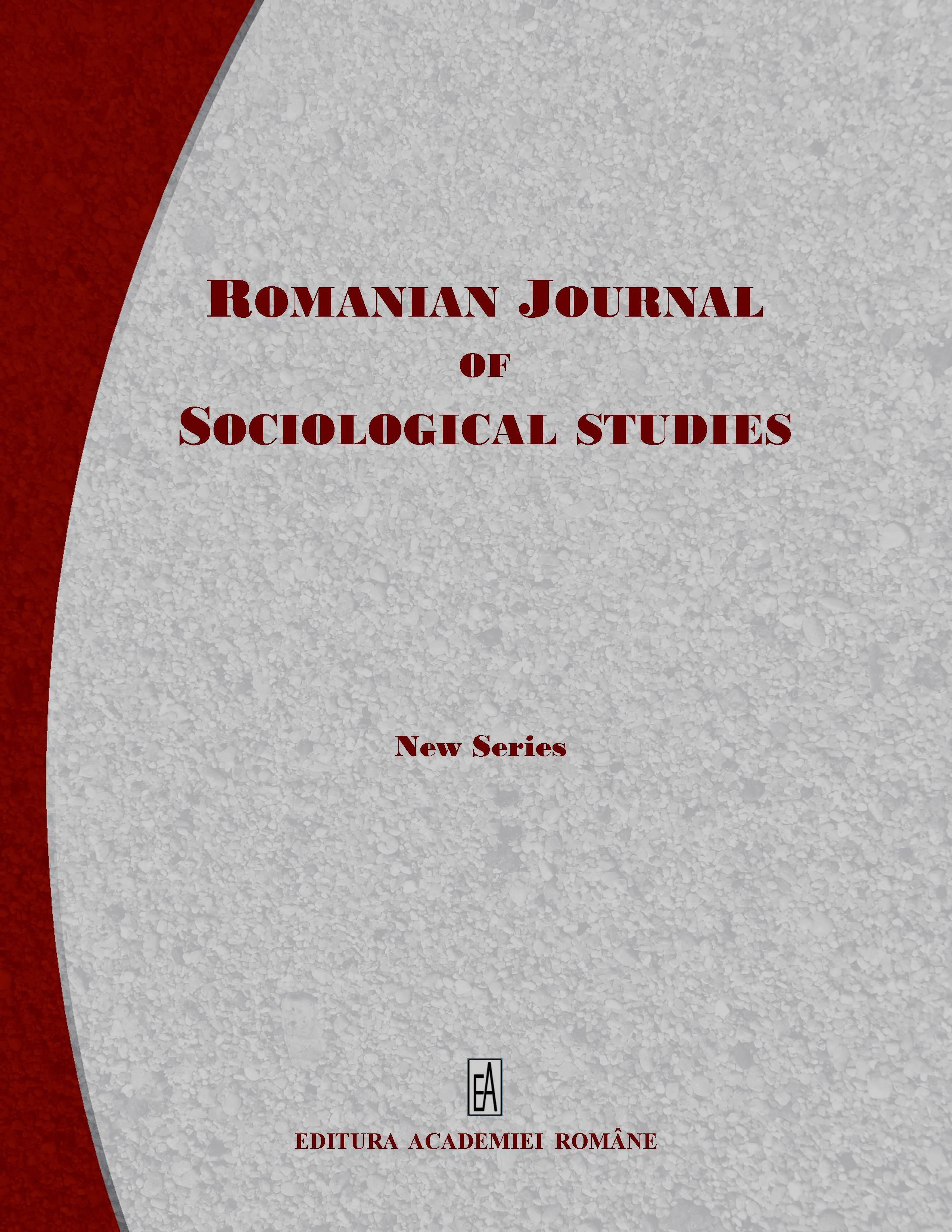RECOVERING HISTORY: SOME ASPECTS OF GENOCIDE’S EXPERIENCE AT THE CRIMEAN TATARS OF DOBRUJA
RECOVERING HISTORY: SOME ASPECTS OF GENOCIDE’S EXPERIENCE AT THE CRIMEAN TATARS OF DOBRUJA
Author(s): Nilghiun ISMAILSubject(s): Social Sciences, Sociology
Published by: Editura Academiei Române
Keywords: Crimean Tatars; Crimea; Dobruja; refugees; genocide;
Summary/Abstract: This paper focuses on Crimean Tatars, an ethnic minority in Dobruja, Romania, and it seeks to recover their largely unknown history. For this study I used a wide variety of unpublished sources in Ottoman and Romanian languages, as well as firsthand sources in Turkish language. This study was elaborated from the perspective of a native Crimean Tatar. After the Crimean Wars (1853-1856), my great-grandfather, Izzet Ismail together with his family had to leave their native home, Kerci, Crimea and settled down in Dobruja. It is a great pleasure for me to write and talk about the Crimean Tatars of Dobruja, their origins, homeland, history and day-to-day life, as I am the fourth generation of a Crimean Tatar family born in Dobruja, Romania. The study begins with the Crimean Tatars’ refuge in the mid-19th century, a period that is considered by the historian Alan Fisher to be the first great genocide in human history, and it goes on describing their settlement on the Ottoman territory, in the inner parts of Dobruja. Then, my study examines their assimilation process after 1877. Finally, this paper brings information about changes inside the community during the communism regime, and it concludes with the Crimean Tatars minority’s slow road to extinction in the 21st century.
Journal: Romanian Journal of Sociological Studies
- Issue Year: 2020
- Issue No: 1
- Page Range: 37-44
- Page Count: 8
- Language: English

